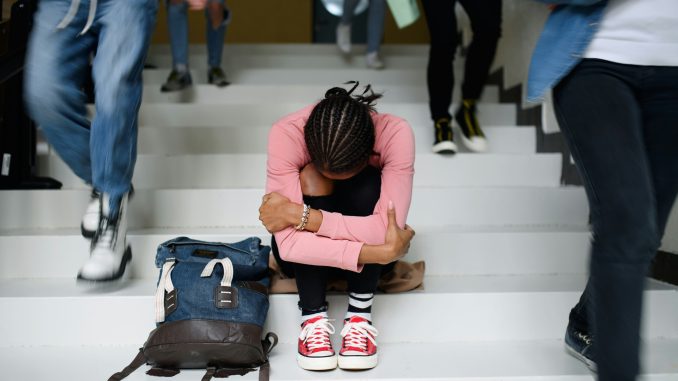
Introduction
International students in Australia are facing a growing and often overlooked mental health crisis. I will write a news commentary to explore the causes of mental health issues among international students and the barriers that prevent them from getting support. The article argues that the problem is not about personal weakness, but about the lack of systematic support for international students.
Background
International students are particularly vulnerable to mental health problems. Research shows that 5% to 18% of international students have suicidal thoughts, and around 2% have attempted suicide. However, only 17% of international students accessed a mental health service, compared to 55% of domestic students. Additionally, 36% of international students said that social isolation and loneliness had negatively affected their mental health while studying in Australia.
Furthermore, researchers from the University of Sydney and Deakin University reviewed 37 public universities and found that only three had publicly available mental health strategies for international students, revealing the lack of systematic support.
According to statistics, there are currently over one million international students in Australia. At the same time, Australian universities are financially reliant on them: in 2023, universities earned AUD 10.15 billion from international student fees, accounting for 25.4% of their total revenue. Therefore, the mental health of international students is a broad social issue, which is not only about individual wellbeing, but also about education equity and institutional responsibility.

Target Audience and Publication
My target audience includes international students, policymakers, education staff, and researchers. The article and argument will be supported by data, interviews, and multimedia elements like pictures and videos.
I chose The Conversation because it focuses on research-based content about education, wellbeing, and policy, which matches the style and topic of my article. Moreover, the platform’s readers, which include academics, educators, students and policymakers, align with my target audience.
Interview Plan
- To ensure diverse perspectives and emotional engagement, I will conduct face-to-face interviews with two international students from different countries: Yifei He, a Psychology student, and another student who has experienced social isolation.
- I will also contact Tia Jackson-Murphy (tjac3389@uni.sydney.edu.au), an administration assistant at the University of Sydney’s mental health center, to gain a professional perspective.
Interactive Elements
- Hyperlinks to relevant information, research articles, and news reports.
- A video featuring international students telling their mental health stories.
- A poll: “Do you think the mental health support for international students at your university is sufficient?” with options “Yes” or “No”, and an invitation to explain the reason in the comment section.
Information sources
- Mental health statistics for international students: From the Australian Government Department of Education and Orygen.
- Academic Research: Studies exploring the causes of international students’ mental health problems.
- News Coverage: Reports on the international students’ mental health crisis and the lack of support, from outlets like ABC, SBS, The Guardian, etc.
- University Policies and Services: From university wellbeing websites.





Be the first to comment